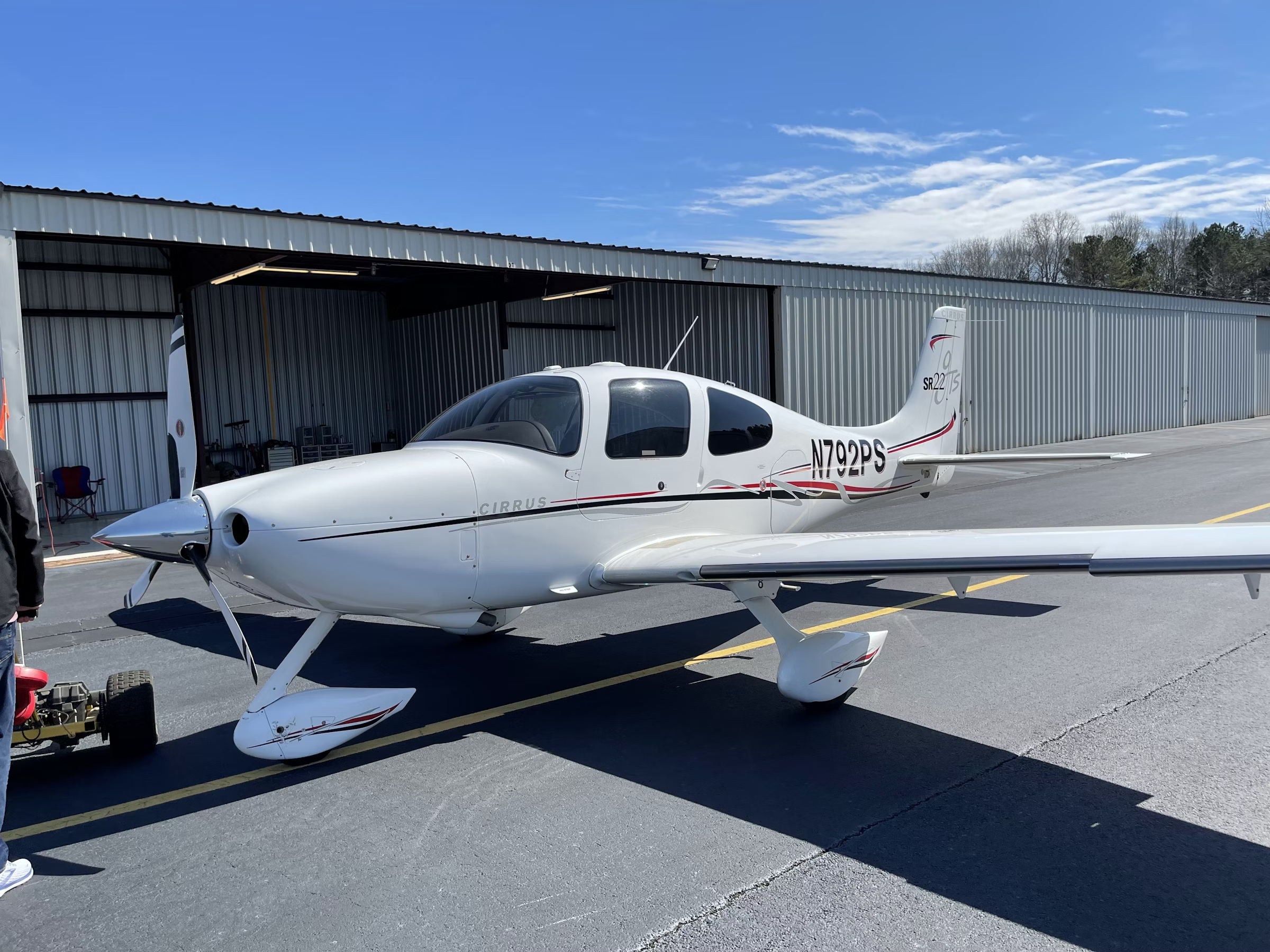
Whenever new pilots ask me to suggest a first airplane to learn to travel in, the Cessna 182 Skylane is always at the top of my list. My recommendation of the Skylane is especially strong for a pilot new to IFR flying.
Part of the reason I believe so firmly in the value of the 182 is that it was 33 years ago that I cut my IFR teeth, as it were, traveling the United States in a Skylane. Archie Trammell was editor of Flying's then sister publication, Business & Commercial Aviation, and he and his wife, Jane, crisscrossed the country in a basic Skylane with nothing in the way of advanced avionics, and not even a wing-leveler autopilot.
I was a brand-new IFR pilot and Archie offered me the left seat and off we went in all kinds of weather. Archie and I traded legs and I think I learned as much in the right seat watching him fly as I did with my turn at the controls. It was a most wonderful education in how the weather and the IFR system really worked, as opposed to the artificial world of flight instruction under a hood.
The Skylane churned along at about 140 knots true airspeed. Fast enough to get places, but not so fast as to tax a new pilot's abilities. And it carried so much fuel that endurance, if not range, was always available to get you to an alternate.
With its fixed landing gear and strut-braced wing, the Skylane is not a slippery airplane. That means imperfect attitude control by its pilot does not quickly lead to large altitude and course changes. It gives you time to work on your instrument scan with enough brain power left to still consider the weather and the rest of your situation.
The Skylane also has very powerful static stability so that it does its best to remain straight and level until bounced by turbulence. Even then, in really rough and gusty conditions, the airplane tries hard to help its pilot stay on altitude and heading.
Over its 50-year history the Skylane had only two characteristics that are less than favorable to its pilots, and both have been largely corrected in the models that were put back into production in the 1990s.
The first issue was carburetor ice. The Continental O-470 that powered the 182 from inception until production was interrupted in the 1980s was more prone to carb ice than any airplane I have experienced. Cessna installed an extremely powerful carb heat system in the airplane, so it is always possible to quickly melt the ice once you note the drop in manifold pressure or sometimes slight roughness in the engine. There is so much carb heat available that the engine will run rough with full heat applied, but you won't need full heat for long.
When the Skylane went back into production it got fuel injection, so carb ice and carb heat are not an issue in the newer airplanes.
The other potential pilot trap in earlier 182s was the 40-degree flap setting. With the enormous Fowler-style flaps down to 40 degrees the Skylane descends at an amazingly steep angle with power set low. That is great for landing in a very short distance, and that was the objective of the Cessna engineers who designed the flaps.
But with flaps at 40 and power low the glidepath is so steep that you need near perfect round-out and flare over the runway. Because the nose is so far down in this situation the visual image makes you want to flare too high to keep from hitting nosewheel-first. But as soon as you begin to round out from a very steep approach airspeed goes away almost instantly unless you add power. So, there you are, in the flare a few feet above the runway with airspeed bleeding off rapidly. The airplane stalls and the nose drops, banging the nosewheel hard. Nobody is ever hurt in these incidents, except the Skylane. The nose gear is attached to the engine mount frame, which bolts to the firewall. It is the firewall that takes the big load of the nosewheel impact and it can bend, and it is expensive to install a new one.
Cessna did its best to solve this issue by limiting flap travel to 30 degrees, so the potential approach path is less steep and the need for perfect timing of the flare less demanding at the end of a low-power landing approach.
It's almost ridiculous to call a new Skylane a "basic" airplane because its Garmin G1000 system with synthetic vision is as capable as in any piston airplane, and more capable than in even many turbine airplanes. But at its core, the Skylane is still a reliable and steady airplane that can really teach you to fly IFR while taking you where you want to go.
Come to think of it, as the years roll by, the Skylane is also the perfect choice for those winding down their flying careers. It provides as much traveling capability for the cost as any airplane I can think of, yet those virtues that make it perfect for the new IFR pilot are still there to watch out for us when the skills are not as sharp as they once were.
Why has the Skylane endured for 50 years? Because it delivers for pilots at all points in their careers.
Also read this related article:
Cessna Turbo Skylane

Sign-up for newsletters & special offers!
Get the latest FLYING stories & special offers delivered directly to your inbox






